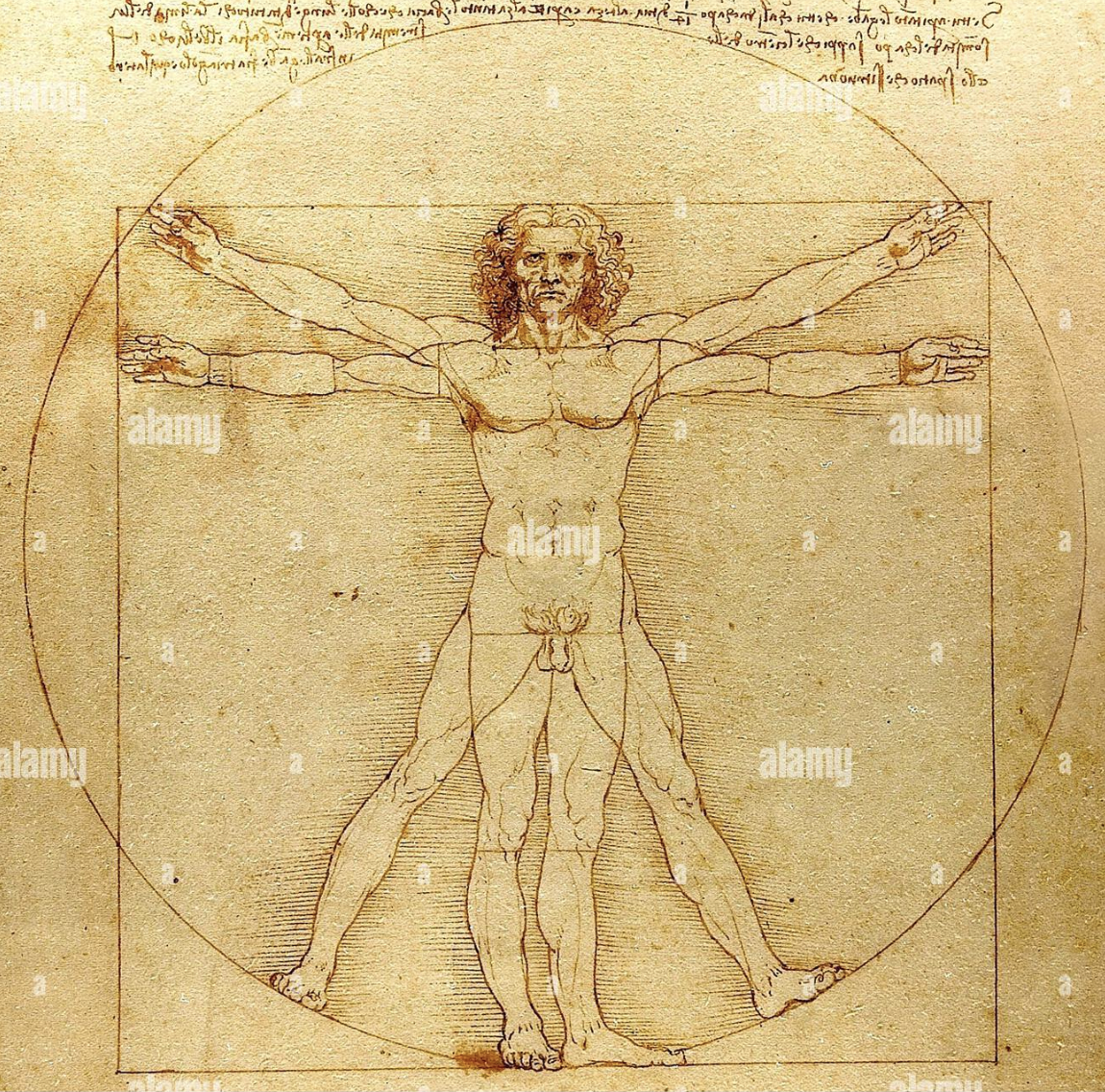Event 1: 24 Hours Unplugged
Last weekend, I tried the 24-Hour Unplug Challenge. I turned off my phone, laptop, and TV, and kept a notebook nearby to jot down any thoughts. I definitely felt weird at first. I kept reaching for my phone without thinking, which made me realize how automatic it’s become. It reminded me of what Victoria Vesna said about how technology becomes an extension of us without us even noticing (Vesna). After a few hours, I started to settle in. I finally finished a book I'd been meaning to read for months — something I probably wouldn’t have gotten around to if I had my phone around to distract me. It made me think about the idea we read from Casini about MRI scans acting like "self-portraits" (Casini). Disconnecting made me notice my own patterns and thoughts more clearly, like a version of self-reflection without needing a screen to do it. Later, I went for a walk without any music or podcasts. It was surprisingly calming. It remind...


